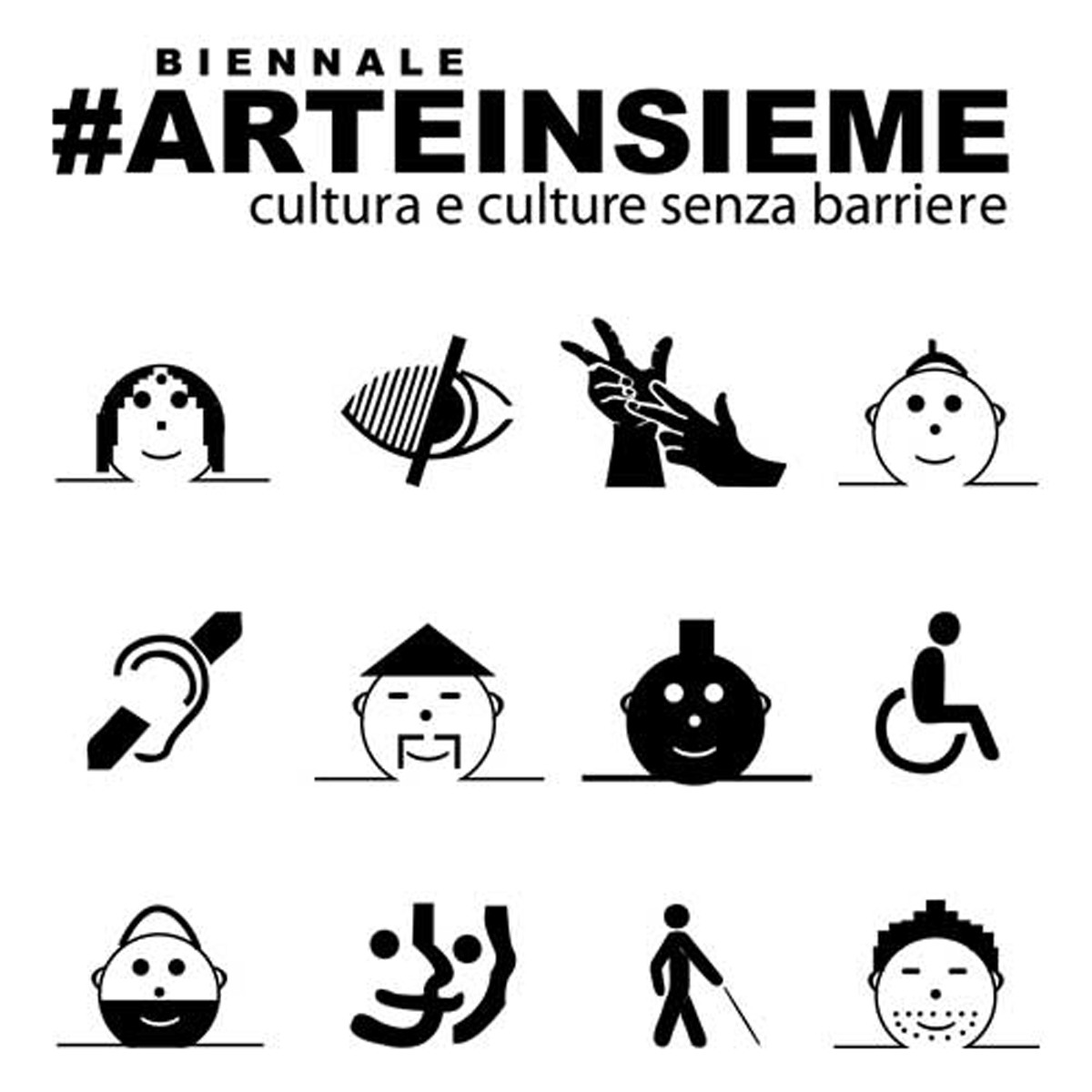The first Biennale Arteinsieme took place in 2003, the European Year of People with Disabilities.
It was a collective exhibition of works by artists and students from the then Istituto Statale d’Arte di Ancona, its aim being to promote social inclusion through the many possibilities offered by art.
The Museo Omero was involved in running the event from the start and became the sole organizer in 2011. Arteinsieme is now a national event. It is aimed at museums, places of culture and especially at schools, from kindergarten to the Academies of Fine Arts. State Music Conservatoires have been invited to participate since 2013.
The Biennale features exceptional artists: in 2011 the sculptor Walter Valentini; in 2013 the artist Michelangelo Pistoletto and the composer Nicola Piovani; in 2015 the sculptor Giuliano Vangi and the soprano Carmela Remigio; in 2017 the artist Mimmo Paladino and the violinist/conductor Salvatore Accardo; in 2019 the sculptor Rabarama and the conductor Michele Mariotti; in 2021 Craking Art.
Students from the participating schools are invited to take part in competitions to create multi-sensory works of art and products that are inspired by the poetics of the featured artist and that can be read and enjoyed through touch. The finalists will have their works displayed alongside works by the featured artist who, together with the President of the Museo Omero, will choose the winner for that year; a truly unique experience.
Museums and places of culture are invited to create accessible, inclusive activities aimed at encouraging the widest possible participation of disabled people and of people from other cultures.
A real call to arms which the Museo Omero has willingly accepted, offering its technical support and promoting the various initiatives of individual museums on the main web channels and directly to the relevant associations nationwide.
The Biennale is an expression of the ideal of the strong social power of art, when it is lived and experienced together. So, for more than 10 years, it has engaged with such issues as: increasing the appreciation of contemporary artistic heritage; making art in its widest sense more accessible; enriching aesthetic experience through a multi-sensory approach to art; promoting respect for, and knowledge of, cultures and diversity; spreading the message of the Museo Omero internationally and encouraging the opening-up of places of culture to all.

